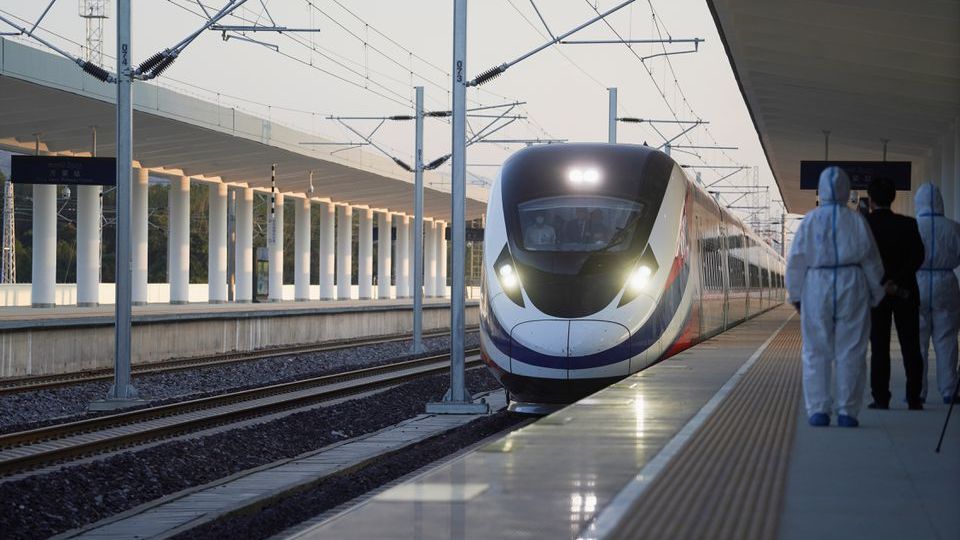July 19, 2022
Vientiane – Chinese investment in Laos tops US$16 billion
China continues to be the largest investor in Laos, with cumulative investment of about US$16.4 billion in 833 projects, according to the Minister of Planning and Investment, Mr Khamjane Vongphosy.
Areas of Chinese investment are diverse, with the country ploughing money into small, medium and large enterprises, state-owned enterprises, and private companies.
A large chunk of investment money has funded the Laos-China railway, the Vientiane-Vangvieng expressway, the Saysettha Development Zone, the Boten-Bohan Special Economic Zone, power transmission lines and hydropower plants, which have delivered significant benefits to both Laos and China, Mr Khamjane said.
Speaking at a meeting of Lao and Chinese government officials and business operators, he said “On this occasion, I would like to discuss ways to promote and manage private sector investment in Laos and abroad in the future.”
“There is considerable interest in investment in the mining sector, so in the process of project consideration and approval, it is important to focus on the terms and conditions set by investors.”
With regard to energy generation, it is also important to continue to monitor the implementation of Memorandums of Understanding and Project Development Agreements, Mr Khamjane said.
The government plans to expand the electricity market in neighbouring countries to create openings for projects that have potential but lack market opportunities, he added.Agriculture also has a great deal of potential and has received a lot of attention from Chinese investors.
This means the government must actively encourage increased production to take advantage of new market opportunities in China, and ensure that more fruit and vegetables are grown for sale to China.
Meanwhile, the service sector and infrastructure development are growing rapidly, with the building of new roads, districts and ports, which require large amounts of land.
This means that both central and local governments must quickly determine the boundaries of concession areas so that investors can design and develop projects in a short space of time.
Friday’s meeting provided a forum for discussions around China’s business and investment operations in Laos, and aimed to further build good relations between the Lao government and Chinese investors.
At the same time, China is building a platform for broader understanding between the Lao government and investors and creating mechanisms to enable government officials to understand the difficulties faced by Chinese businesses in Laos.
By Times Reporters
(Latest Update July 19, 2022)


